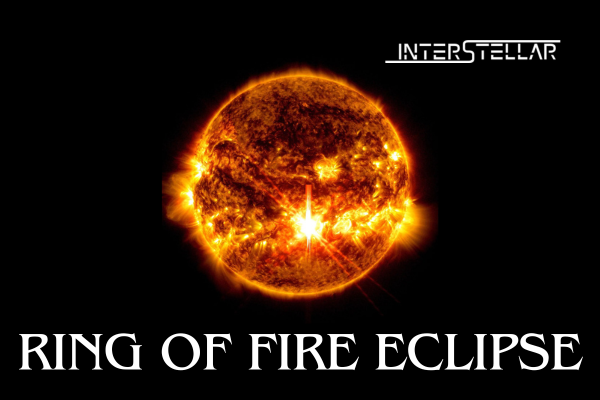NASA’s Solar Dynamics Observatory Captures Powerful X-Class Solar Flare
NASA Solar Dynamics Observatory (SDO) observed a strong solar flare peaking at 8:18 a.m. ET on 3 October 2024. The observatory, which continuously monitors the Sun, captured a striking image of the flare, showcasing the intense burst of energy.
Visual Impact of the Solar Flare
The captured image reveals the Sun in vivid red and gold hues, with several darker and brighter spots scattered across its surface. The centre of the image features an extremely bright white and yellow flash, radiating energy in multiple directions, resembling the shape of a star. This display highlights the extreme ultraviolet light emitted by the flare, which is colourised to showcase the high-temperature material present in these events.
For more detailed imagery, visit NASA Solar Dynamics Observatory website.
Understanding Solar Flares and Their Impact
Solar flares are intense bursts of energy resulting from sudden releases of magnetic energy stored in the Sun’s atmosphere. They are classified based on their intensity, with X-class denoting the most powerful flares. This recent flare was designated as an X9.0, indicating a significant and potentially disruptive event.
Such powerful flares can influence life on Earth in several ways. They may disrupt radio communications, impact the stability of electric power grids, and interfere with navigation signals. Solar flares can also pose risks to spacecraft and astronauts due to the increased radiation.
Monitoring and Predicting Space Weather
NASA collaborates with the US National Oceanic and Atmospheric Administration (NOAA) to track and predict space weather. NOAA’s Space Weather Prediction Center is the official source for forecasting and issuing warnings regarding space weather events. The recent X9.0 flare is being closely monitored by experts to assess its potential impact on Earth’s systems.
To stay informed about space weather and its effects, visit NOAA’s Space Weather Prediction Center.





